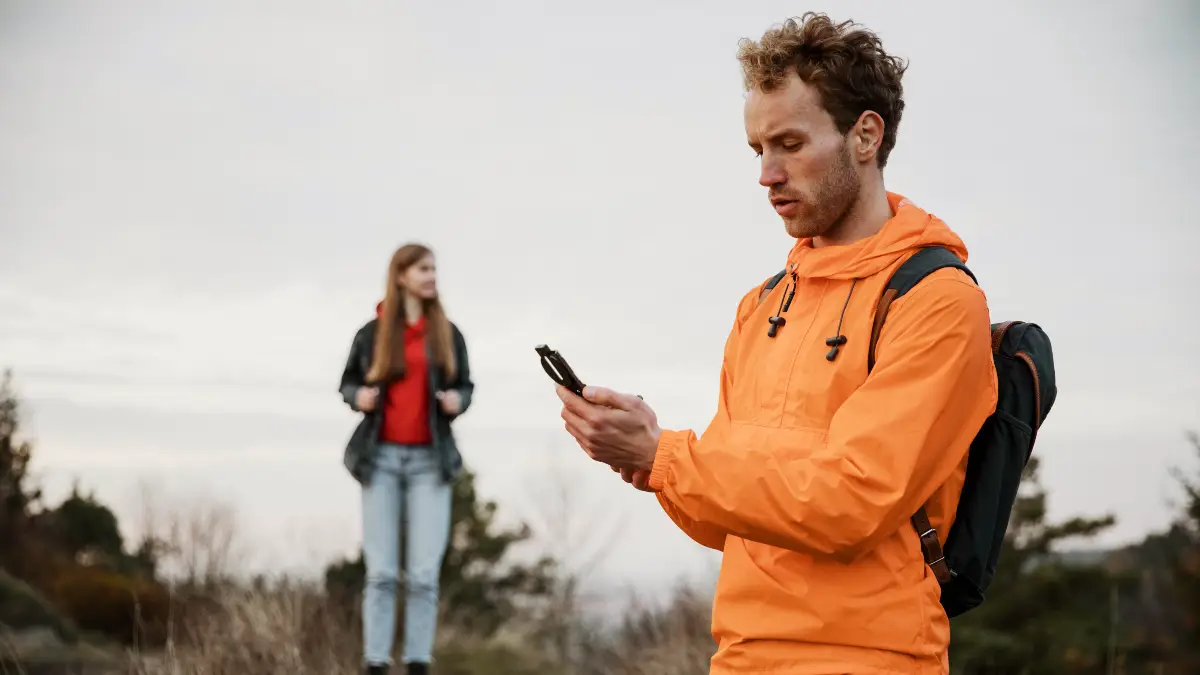When disasters strike and cell towers fail, communication becomes the difference between life and death. That’s where satellite phones step in—rugged, reliable devices that keep you connected when the grid collapses.
Whether you’re stranded in the wilderness, navigating storm-ravaged coastlines, or coordinating rescue efforts, the right sat phone ensures your voice is heard and your location is known.
From global coverage to week-long battery life, these tools aren’t luxuries—they’re lifelines. In this guide, we break down seven of the best satellite phones in 2025, so you know exactly which one could save you when everything else goes dark.
1. Iridium 9575 Extreme

This is the satellite phone professionals trust when lives are on the line. And there’s a reason for that. The Iridium 9575 Extreme works everywhere on Earth. North Pole? Works. Middle of the Pacific? Works.
Sahara Desert? You get the idea. It’s the only satellite phone with true 100% global coverage, including both polar regions. Built like a tank, this phone meets military standards (MIL-STD 810F).
Drop it in mud? Still works. Leave it in freezing rain? Still works. The IP65 rating means dust and water won’t kill it. This matters when you’re dealing with hurricanes, earthquakes, or any disaster that destroys normal phones.
Press the programmable SOS button and you connect directly to GEOS emergency dispatch. These are real people monitoring 24/7 who coordinate rescues worldwide.
They’ll see your exact GPS location and send help even if you can’t speak. The battery gives you 4 hours of talk time or 30 hours on standby. That’s enough to coordinate multiple rescue attempts if needed.
The color screen stays readable in bright sunlight – crucial when you’re outdoors during an emergency. Service plans start at $65 per month for 10 minutes. Extra minutes cost $1.19 each. Yes, it’s expensive.
But when cell towers are down and you need to call for help, that price suddenly seems reasonable. If you need the absolute best satellite phone 2025 has to offer, this is it. Perfect for emergency responders, expedition leaders, or anyone who can’t afford communication failure.
2. Iridium 9555

Sometimes you don’t need the newest model. You need what works.
The Iridium 9555 has saved more lives than any other satellite phone. Search and rescue teams have used it for over a decade. Mountain guides swear by it. Ship captains keep one in the emergency kit.
This phone has proven itself in real disasters, not just lab tests. You get the same Iridium network as the Extreme model. That means 100% global coverage with no dead zones.
The main difference? The 9555 is slightly longer and doesn’t have built-in GPS (you can add an external GPS unit if needed). Voice quality actually beats many newer models – people can hear you clearly even in storms.
The programmable SOS button works just like the Extreme version. One press connects you to emergency dispatch. The battery lasts about the same too – roughly 4 hours talking or 30 hours waiting.
Service plans are identical to the Extreme: $65 monthly for 10 minutes, then $1.19 per extra minute. Some dealers offer refurbished units for under $900, making this the cheapest way to get Iridium’s global coverage.
Budget-conscious buyers who want Iridium’s reliability without the premium features. Also great as a backup phone since you know it won’t fail when you need it most.
3. Inmarsat IsatPhone 2
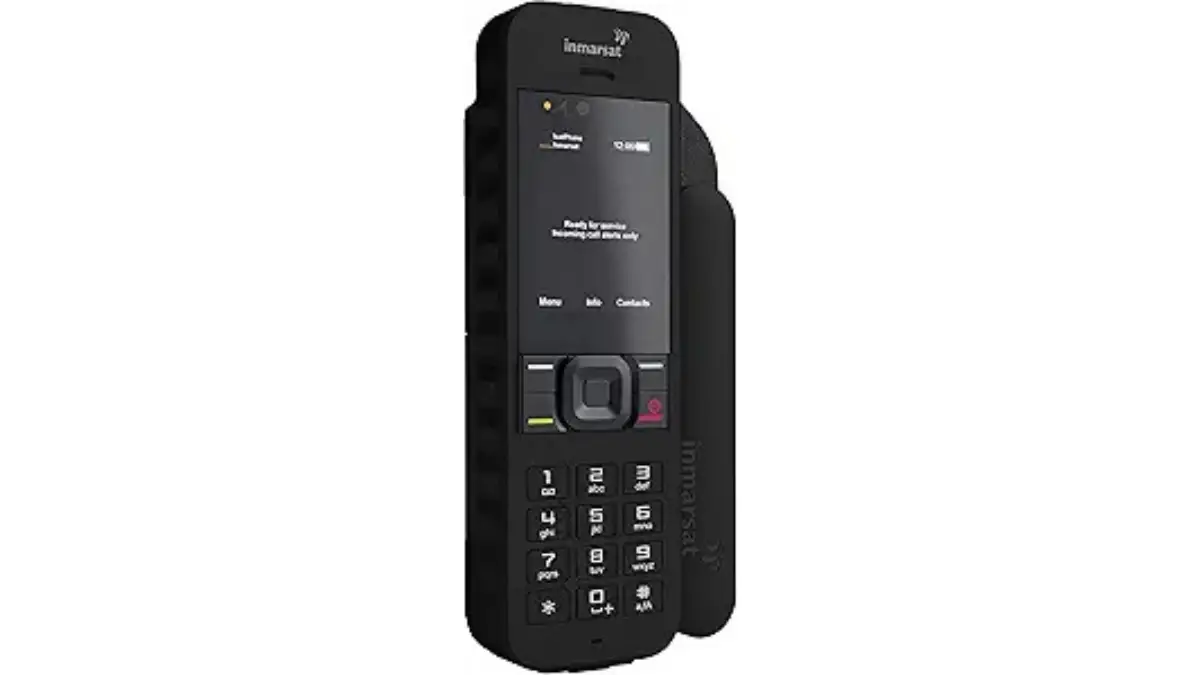
What good is an emergency phone if the battery dies?
The IsatPhone 2 solves this problem with an incredible 160-hour standby time. That’s almost a week without charging. Talk time reaches 8 hours – double what most satellite phones offer.
During extended power outages or multi-day emergencies, this battery life could save your life. Coverage reaches 99% of Earth’s surface, missing only the polar regions above 70 degrees latitude.
So unless you’re planning Arctic expeditions, you’re covered. The network uses different satellites than Iridium (geostationary instead of low-orbit), but reliability remains excellent for emergency use.
The dedicated SOS button sends your GPS coordinates to emergency services. Even with the antenna down, the phone alerts you to incoming calls – handy when you’re conserving battery.
The huge display stays bright and readable in direct sunlight. service costs less than Iridium. Plans start at $45 monthly for 10 minutes. That’s $20 less per month for similar coverage.
The catch? No polar coverage and slightly slower connection times. The IP65 rating handles rain, dust, and rough handling. Operating temperature ranges from -20°C to +55°C, covering most emergency situations except extreme polar conditions.
Anyone prioritizing long battery life for extended emergencies. Perfect for hurricane zones, remote workers, and people who might go days without power access.
4. Iridium GO!
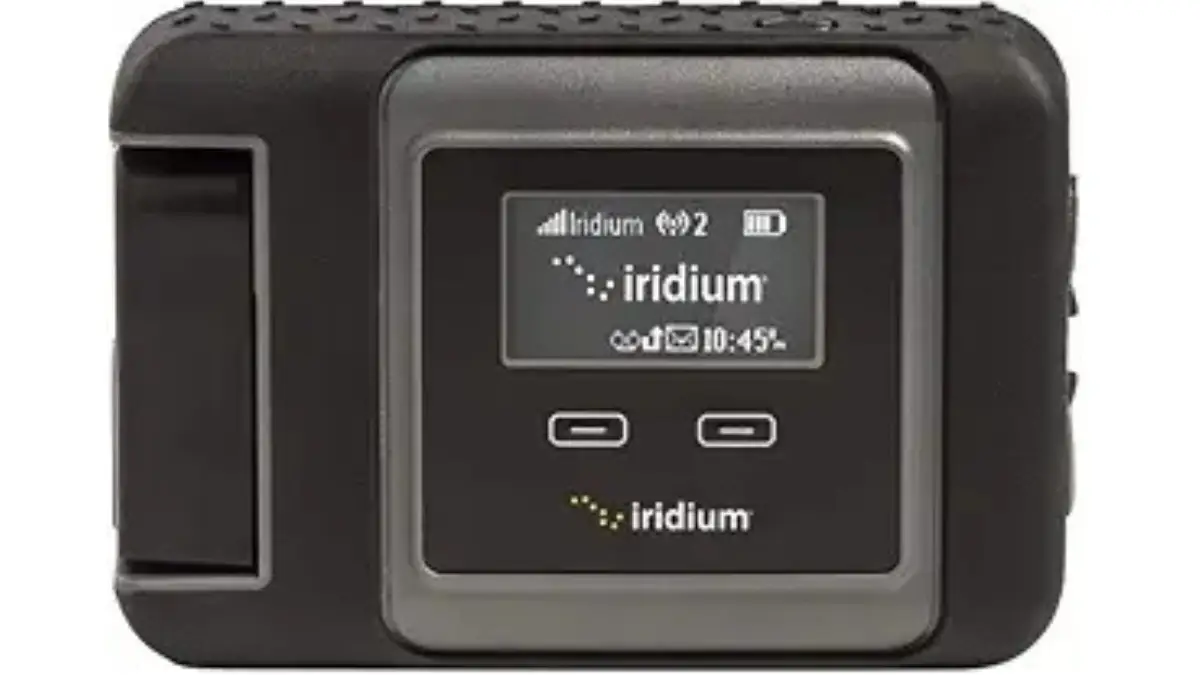
Your smartphone becomes a satellite phone. Here’s how.
The Iridium GO! creates a Wi-Fi hotspot that connects up to 5 devices at once. Download the free app on your iPhone or Android, connect to the GO!’s Wi-Fi, and suddenly you’re making satellite calls from your regular phone.
Your whole group stays connected through one device. This changes everything for group emergencies. Instead of buying multiple satellite phones, one GO! covers your family or team.
Everyone uses their familiar smartphone interface. No learning curve. No confusion during stressful situations. Beyond voice calls, you get real data services. Send emails (slowly, but they work).
Check weather forecasts. Share GPS coordinates with rescue teams. Post updates to social media when cell towers are down. The data moves slowly – think dial-up internet speeds – but it works when nothing else does.
Battery life reaches 15.5 hours standby or 5.5 hours of calls. The integrated SOS button works like other Iridium devices, connecting to GEOS emergency dispatch with GPS coordinates.
Service plans start at $100 monthly for 150 minutes. That includes basic data for email and weather. Unlimited data plans run $150 monthly if you need constant connectivity.
Families preparing for disasters, expedition teams, sailing crews, or anyone who wants satellite backup without learning new devices. Also ideal if you need data services, not just voice calls.
5. Garmin inReach Mini 2: Ultralight Communication
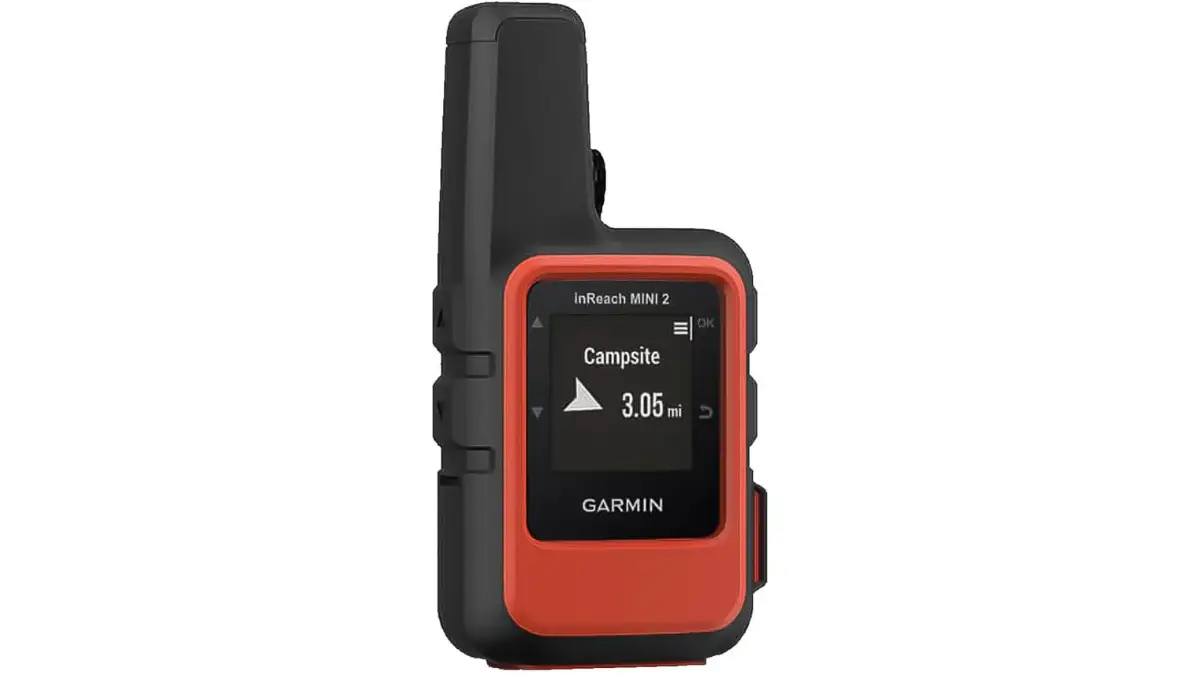
Ultralight backpackers often trade bulky gear for streamlined tools that deliver maximum value with minimum weight. This pocket-sized device ditches traditional voice calls in favor of core survival features like two-way text messaging, real-time GPS tracking, and an SOS alert system.
At just 3.5 ounces and smaller than a deck of cards, it slips into any pack without weighing you down. Its 14-day battery life in tracking mode means fewer worries about recharging on long expeditions.
Paired with a smartphone for seamless typing, it offers peace of mind and global rescue access—priced around $400–$450 for serious adventurers.
6. Globalstar GSP-1700: Budget-Conscious Performance
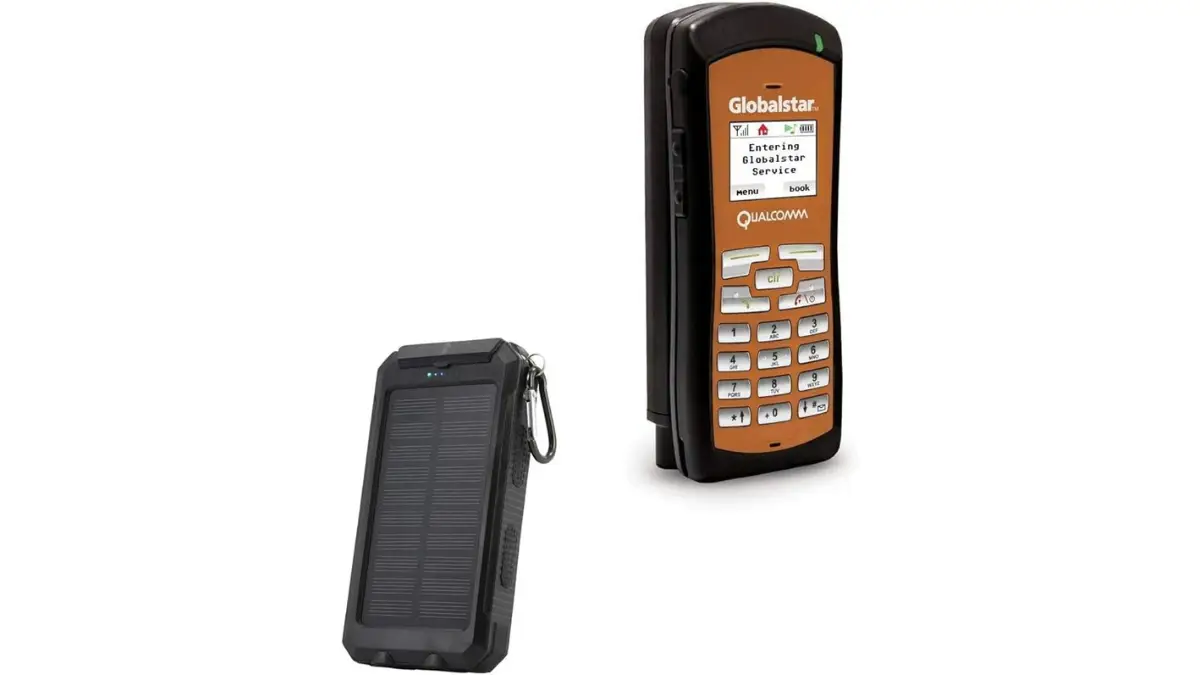
Weekend hikers and road trippers don’t need to spend thousands to stay connected when this lightweight satellite phone covers the essentials.
At just under 200g, it delivers crisp, reliable call quality that rivals pricier models thanks to modern audio technology.
Coverage zones focus on popular travel regions—North America, Europe, and Australia—making it a smart fit for casual adventurers who rarely venture off-grid beyond these areas.
With monthly plans starting around $50–$100 for average use, it’s an affordable safety net for RV owners, campers, and families who want dependable communication without paying for global coverage they’ll never use.
7. GMRS as Essential Backup
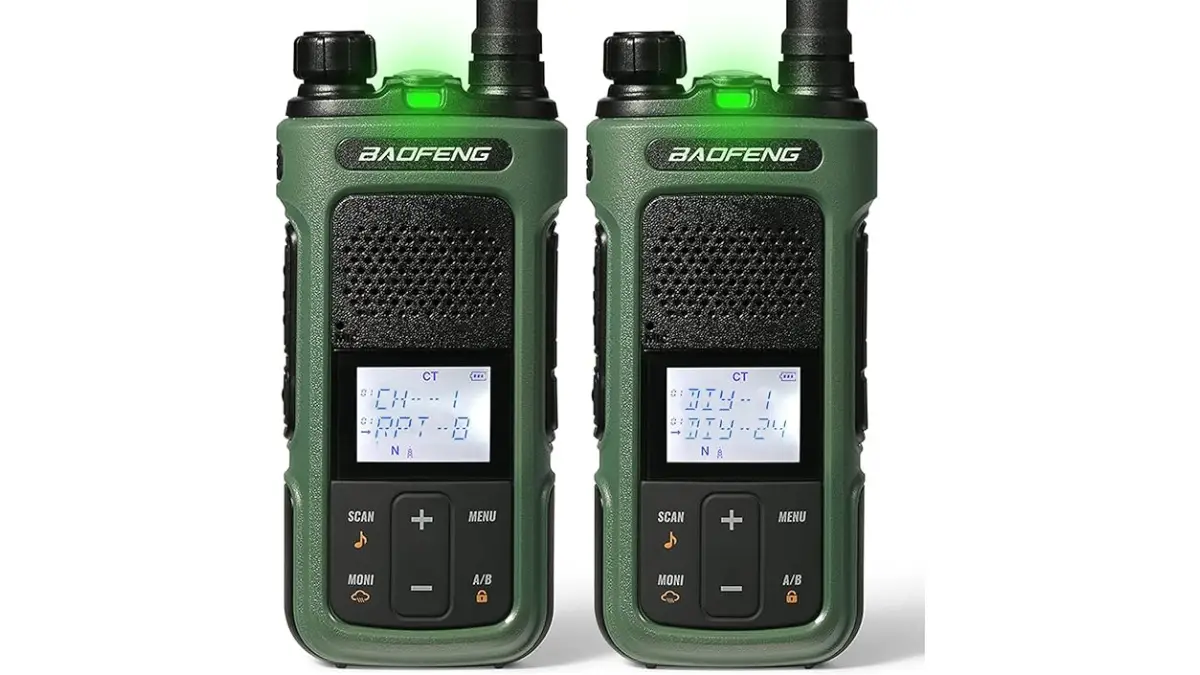
No emergency kit feels complete without a pair of reliable handheld radios tucked next to candles, flashlights, and medical basics.
Unlike cell networks that can fail under heavy demand, these devices operate independently with no contracts, towers, or ongoing fees. Power options remain flexible—swap in AA batteries from any store or recharge packs for longer-term use—ensuring communication stays possible during blackouts or disasters.
While buildings and city interference can reduce their reach, they still provide vital links between family members or neighbors when shouting isn’t enough, with range heavily influenced by terrain and weather conditions.

